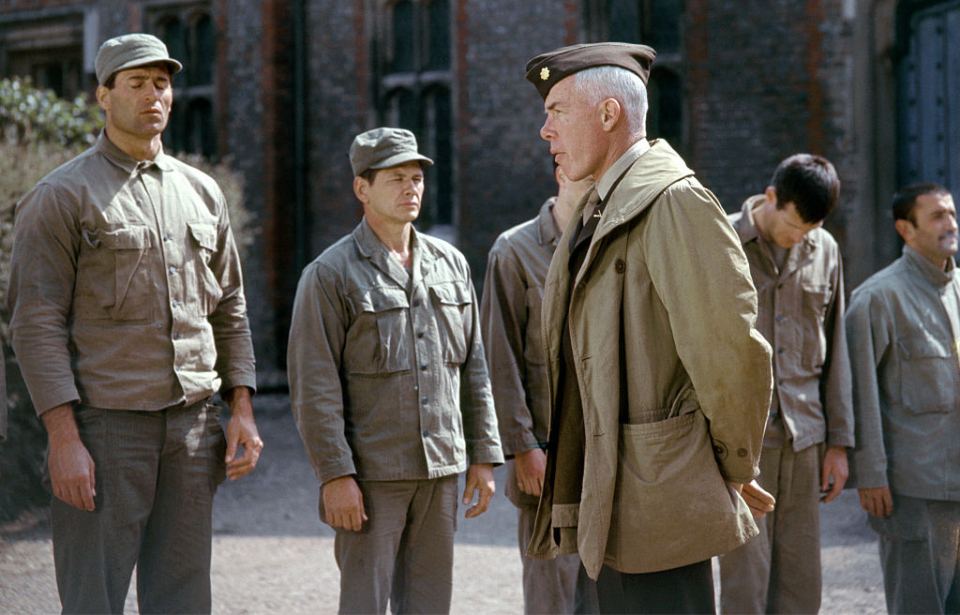Released in 1967, The Dirty Dozen remains a cornerstone of the war film genre, showcasing a stellar ensemble of Hollywood’s leading actors of the time, including Charles Bronson, Ernest Borgnine, Lee Marvin, Donald Sutherland, and George Kennedy. The film’s narrative centers on the intense adventures of twelve convicts chosen for a bold Allied Commando operation right before D-Day, enthralling audiences with its suspenseful plot.
Here are some intriguing facts about The Dirty Dozen that might surprise you.
The Filthy Thirteen
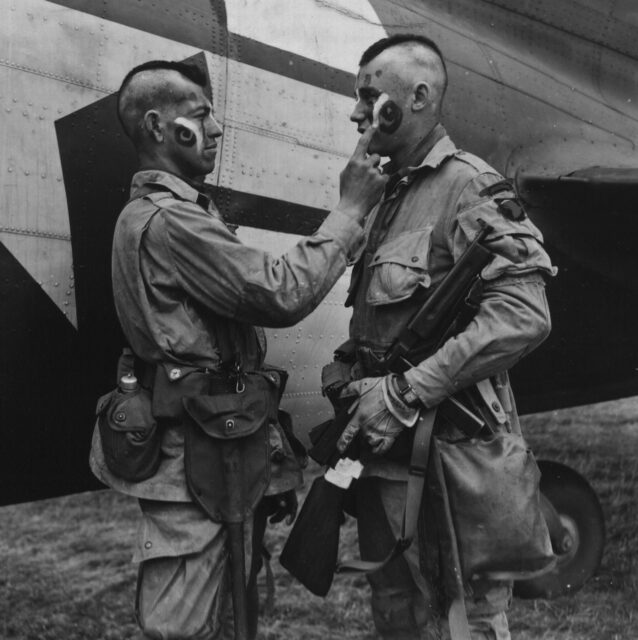
To begin our discussion on The Dirty Dozen, let’s look at the real-life group that inspired the book and film. Known as the “Filthy Thirteen,” they were paratroopers serving with the 1st Demolition Section, Regimental Headquarters Company, 506th Parachute Infantry Regiment, 101st Airborne Division during World War II.
The group earned their unique moniker while stationed in England, due to their habit of bathing only once a week. When deployed to mainland Europe, their mission was to carry out sabotage operations deep within enemy territory. Their most significant engagement was on D-Day, and members of the group also participated in Operation Market Garden.
Serving as an anti-war allegory for Vietnam
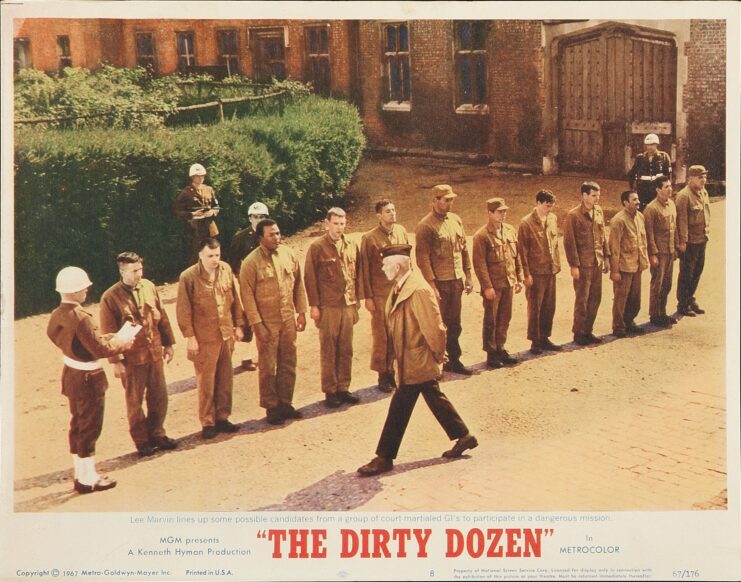
While a war movie, The Dirty Dozen is, in fact, meant to serve as an anti-war allegory for the Vietnam War, as was the intention of director Robert Aldrich. This can be seen in its anti-military and -authority tones.
At the time of the film’s release, the United States was smack-dab in the middle of the conflict in Vietnam, and many consider it to be one of the earliest public outcries against the conflict, despite it taking place during the Second World War.
Donald Sutherland almost didn’t appear in The Dirty Dozen
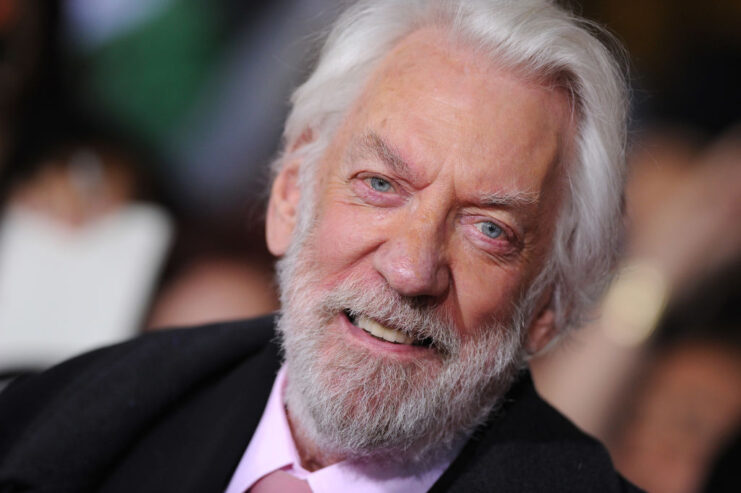
It’s hard to imagine anyone other than Donald Sutherland portraying Vernon L. Pinkley in The Dirty Dozen, but that was almost the case! He was actually the second person cast in the role, with the original actor dropping out last minute because he felt the part was beneath him.
We bet whoever it was regretted their decision, considering how popular the movie was (and still is).
One of the largest sets ever built
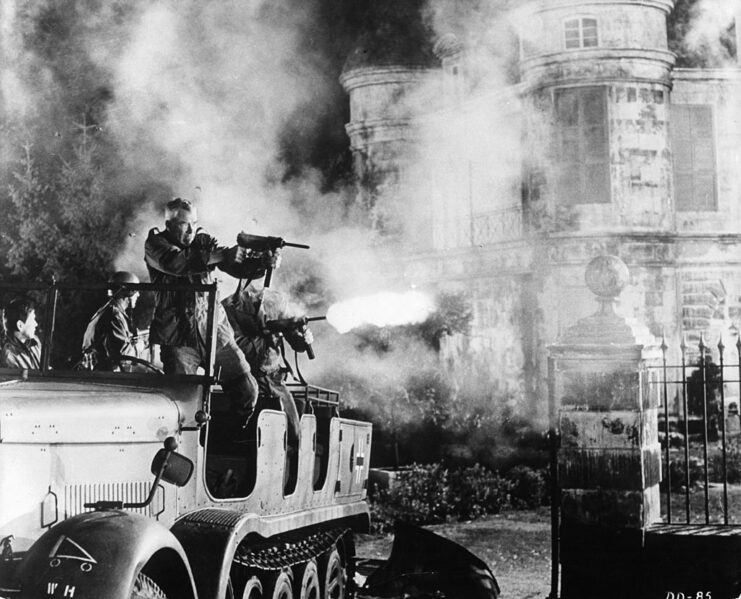
The French château showcased in The Dirty Dozen is quite impressive, and it’s actually one of the largest set pieces ever built. Thought up by art director William Hutchinson and his team of 85 men, it measured 240 feet in length and stood 50 feet tall. Once finished, gardeners were brought in to plant six weeping willows, 450 shrubs, 30 spruce trees, 5,400 square yards of heather, and 400 ferns.
Interestingly, the château was built so sturdily that it would have required 70 tons of explosives to blow it up. Because of this, a section of the château was replicated using plastic and cork.
Jim Brown retired from the NFL while filming The Dirty Dozen
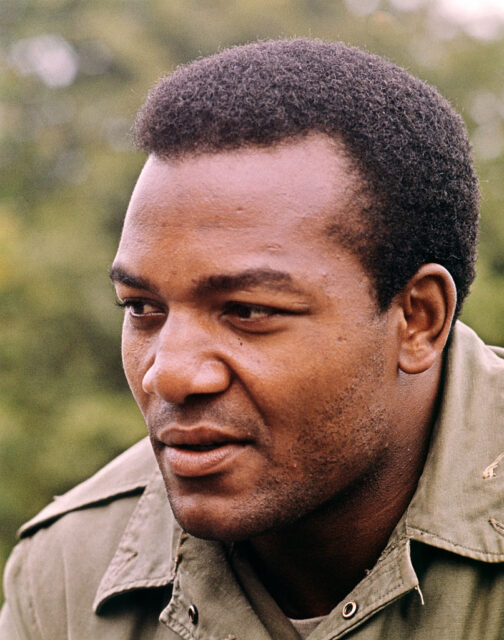
Actor and footballer Jim Brown loved his role as Robert T. Jefferson in The Dirty Dozen. Nevertheless, his participation in the film sparked a famous dispute with the National Football League (NFL).
The film’s production extended beyond the anticipated schedule, putting the fullback at risk of missing the training camp for the 1967-68 football season. The situation intensified to the point where Cleveland Browns owner Art Modell warned Brown of fines and suspension if he failed to attend camp. In a dramatic twist, Brown opted to confront the issue directly by calling a press conference to announce his retirement from football.
What a dramatic way to make a statement!
Lee Marvin’s alcoholism was a major problem during filming
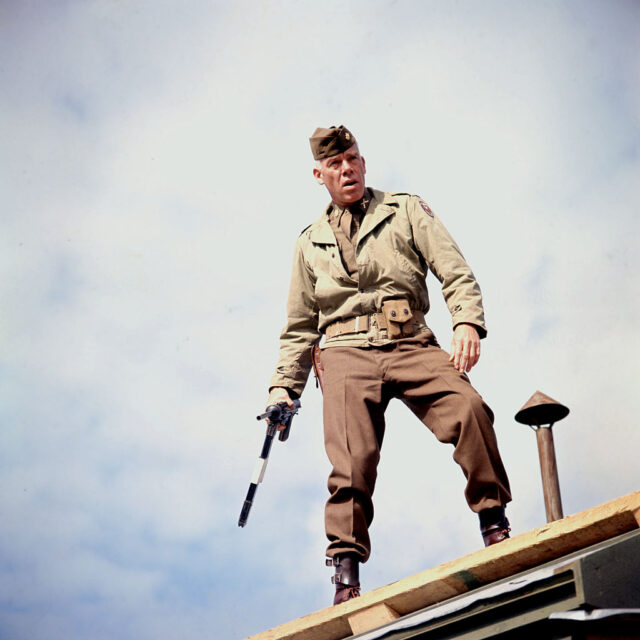
It’s well-documented that Lee Marvin battled alcoholism throughout his life, with his addiction becoming a major issue during the filming of The Dirty Dozen. It is believed that these problems were linked to his military service, where he had fought with the US Marine Corps in the Pacific Theater during World War II.
In one particular scene, Marvin’s character, Maj. John Reisman, was supposed to drive an armored truck with Joseph Wladislaw (Charles Bronson) as his passenger. However, when it was time to film, Marvin was missing. The crew eventually located him at a pub and brought him back to the set, where he was given coffee in an attempt to sober him up.
Upon Marvin’s return, Bronson came up to him and said, “I’m going to f****** kill you, Lee.”
John Wayne as Maj. John Reisman?
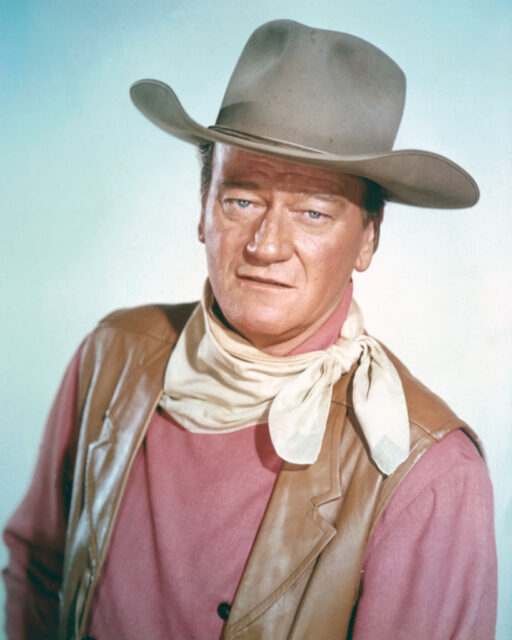
Similarly to Donald Sutherland, Lee Marvin wasn’t the first person approached to portray Maj. John Reisman in The Dirty Dozen – in fact, another big-name actor was offered the part. Who, you ask? The Duke himself, John Wayne!
While Wayne was no stranger to military films, having appeared in the likes of The Longest Day (1962) and The Alamo (1960), he wound up turning down the part of Reisman because of his moral compass. The actor didn’t approve of the character’s affair with the wife of an enlisted man while her husband was fighting overseas.
Another reason the Duke turned down the part was that he wanted to work on a project that would turn public favor back toward the Vietnam War, as support Stateside for the conflict had begun to decline by this point.
Several members of the cast served during World War II
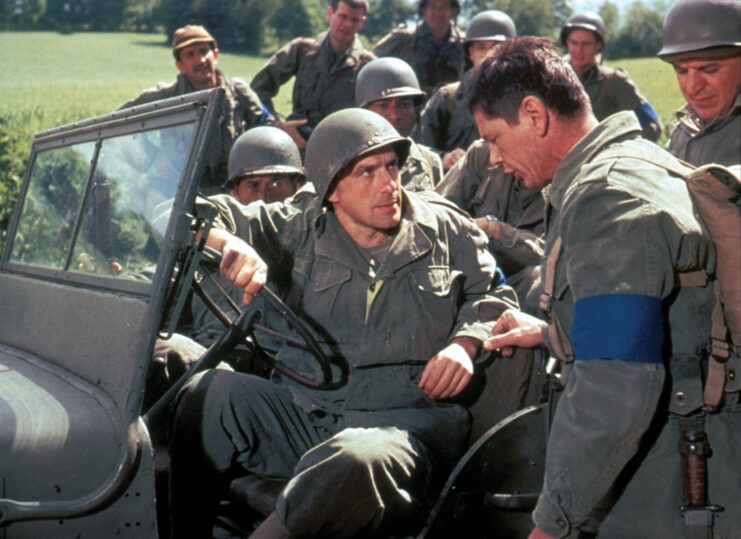
As with many military movies released in the post-war era, The Dirty Dozen featured a number of veterans:
- Lee Marvin, US Marine Corps – He saw action as a scout sniper and was injured during the Battle of Saipan.
- Robert Webber, US Marine Corps – He served as a 776-Radio Operator (Low Speed) in Guam and on Okinawa.
- Charles Bronson, US Army Air Forces – He flew 25 combat missions over Japan aboard a Boeing B-29 Superfortress.
- Ernest Borgnine, US Navy – He was dispatched to the Atlantic coast aboard the patrol yacht USS Sylph (PY-12).
- Telly Savalas, US Army – While never deployed overseas, he was stationed out of Camp Pickett, Virginia from 1941-43.
- George Kennedy, US Army – He served under Gen. George Patton and saw action during the Battle of the Bulge.
- Robert Phillips, US Marine Corps – He was a self-defense instructor with the service throughout WWII.
- Clint Walker, Merchant Marine – He quit school and enlisted in the Merchant Marine when he was just 17 years old.
- Robert Ryan, US Marine Corps – He served as a drill instructor at Marine Corps Base Camp Pendelton, California.
- Richard Jaeckel, Merchant Marine – He enlisted close to the end of the war and remained with the service until 1949.
- Ralph Meeker, US Navy – He only served for a few months before being discharged for an injured neck.
Four of the actors reunited over 30 years later
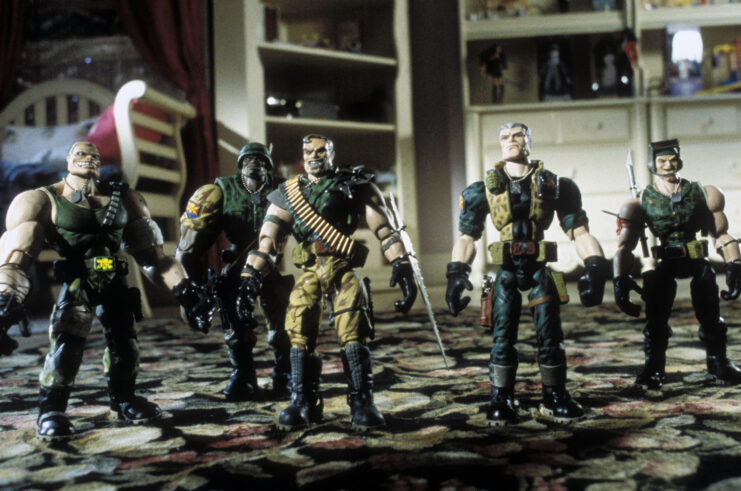
It’s rare to see two actors reunite for a future project, let alone four of them, but that’s exactly what happened 31 years after The Dirty Dozen was released. Ernest Borgnine, Clint Walker, George Kennedy and Jim Brown were among those to lend their voices to the 1998 film, Small Soldiers, directed by Joe Dante.
The movie centers around toys that become sentient following the installation of a military microprocessor – think Toy Story (1995), but not so kid-friendly.
From The Dirty Dozen to M*A*S*H
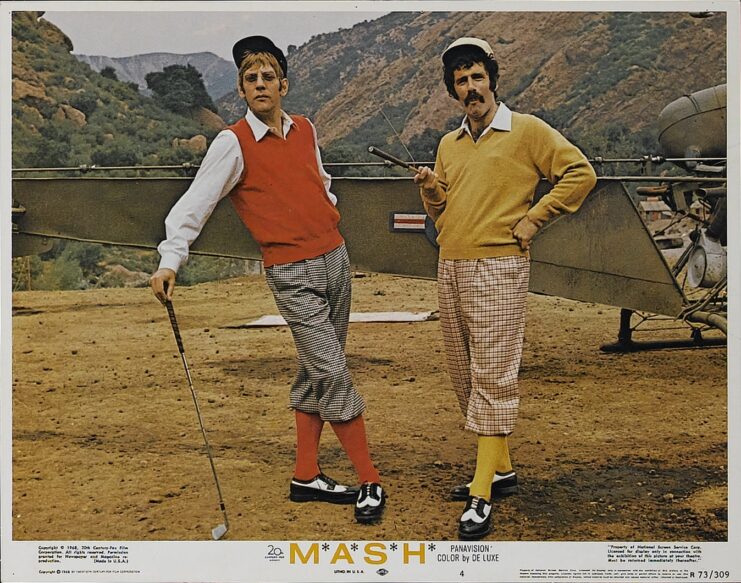
As aforementioned, Donald Sutherland portrayed Vernon L. Pinkley in The Dirty Dozen, but did you know that the role was the very reason he was cast in 1970’s M*A*S*H? It’s true!
More from us: Behind-the-Scenes Facts About ‘Crimson Tide’
The scene where Pinkley pretends to be a general to inspect Col. Everett Dasher Breed’s (Robert Ryan) troops wasn’t intended to feature the character. It was initially written for Clint Walker, but the actor felt too uncomfortable and it was given to Sutherland. It’s said this scene was the main reason why the Canadian actor was given the role of Benjamin “Hawkeye” Pierce in M*A*S*H.
